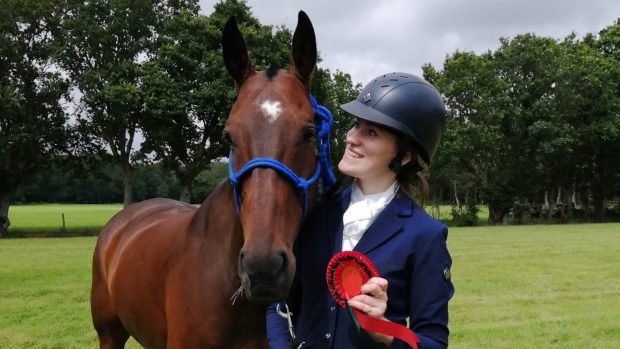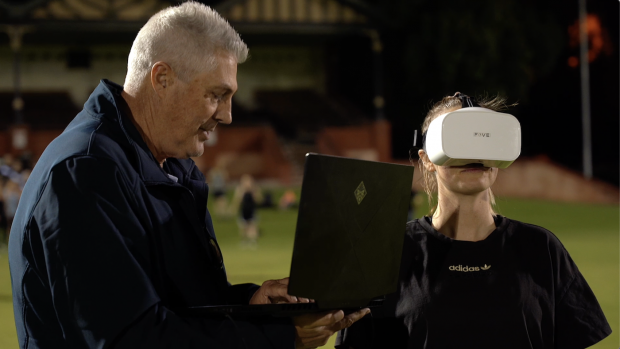The majority of head injuries have external skin or skull bone trauma but less than half will actually involve the brain or exhibit signs of damage to the central nervous system (CNS).
Signs of a head injury vary from a minor wound or bleeding from the nose or ears to alarming staggering (ataxia), recumbency, paralysis, blindness, fits, coma and death. An undetected head injury is often the true cause of sudden death, frequently with surprisingly few signs of obvious external injury.
Skull fractures
Horses that suffer a skull fracture often have a history of rearing and flipping over, striking their head on the ground, or hitting it on an overhead structure such as a trailer or stable ceiling.
When a horse rears over backwards it is likely to sustain serious injuries, which can include a catastrophic fracture at the base of the skull. The brain inside is likely to be damaged too. Since there is minimal space inside the skull for it to swell, complications rapidly arise.
In contrast, a horse that collides head on with an obstacle may have much more obvious ugly injuries, but is slightly less likely to sustain brain damage. This depends on the impact.
At the front of the head, horses have large cavities or sinuses that are normally air-filled and act as a protective cushion against any impact. Although a bump on the front of the head might look awful, and there may even be a large gaping hole into the sinuses, it may not be quite as bad as feared.
A broken jaw
The jawbone is the most commonly fractured bone in the equine head. This usually happens if the head becomes trapped as a horse pulls back suddenly. A kick from another horse is also a common cause.
Although such injuries are a safe distance from the brain, they can be problematic, because they are painful and prevent the horse from eating. Fortunately, there are various surgical techniques with which the loose fragments of jaw can be wired back together and the majority heal very well.
Time is a great healer
The good news with head injuries is that wounds heal quickly because there is a good blood supply. The bad news is that, for the very same reason, even a relatively minor head wound will bleed profusely.
The worst-case scenario is a horse that is unable to stand after a severe blow to its head. Ideally, it should be allowed 24hr to regain its feet. Many horses with head injuries will stagger for some time after they stand, usually due to damage to the balance centres within the brain.
In the same way human head injuries can require a lengthy convalescence, it can take almost a year before a horse has recovered as much as it is going to from serious head trauma, so be patient. Time and mother nature can be extremely effective healers.
This veterinary feature was first published in Horse & Hound.



